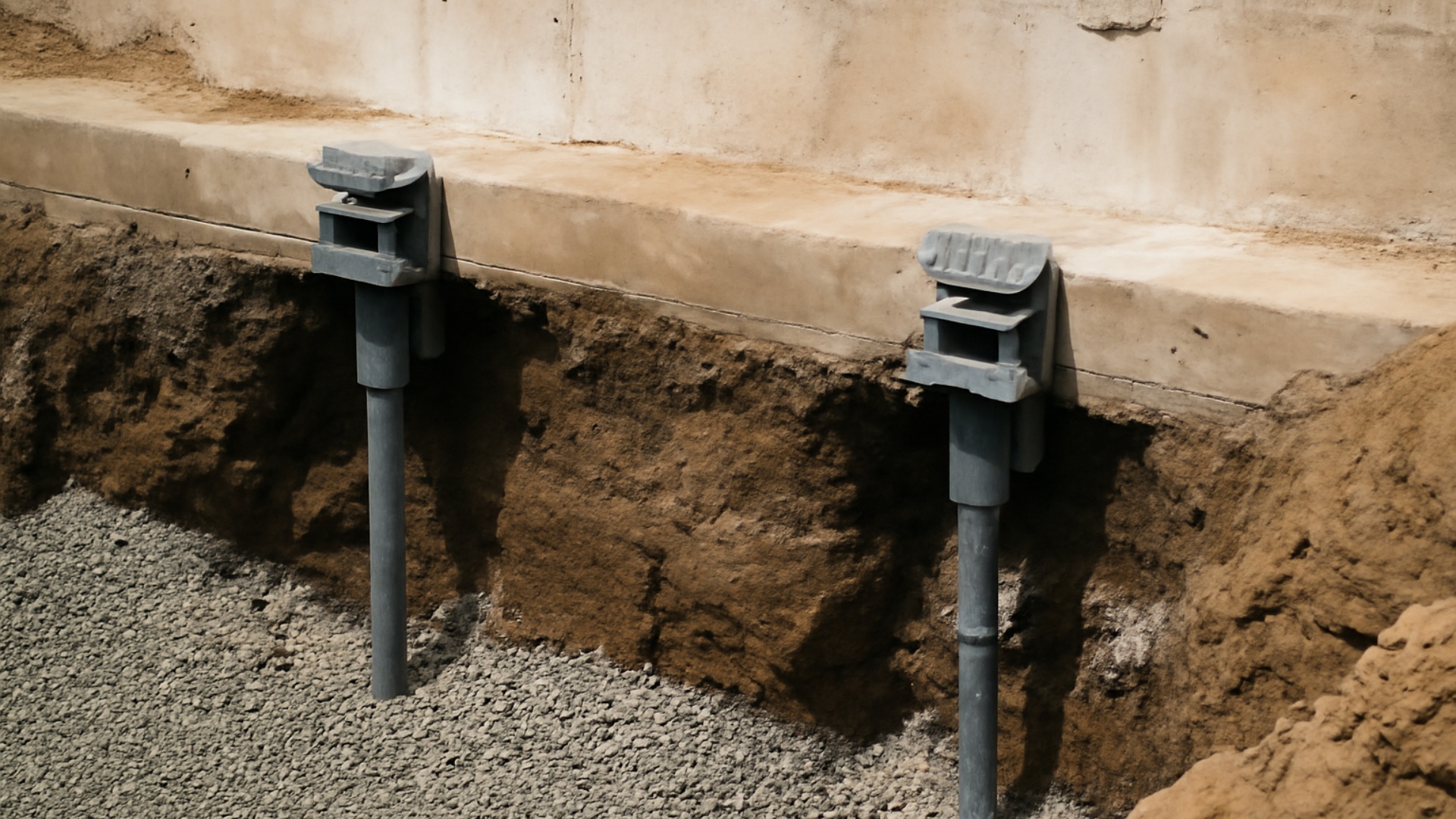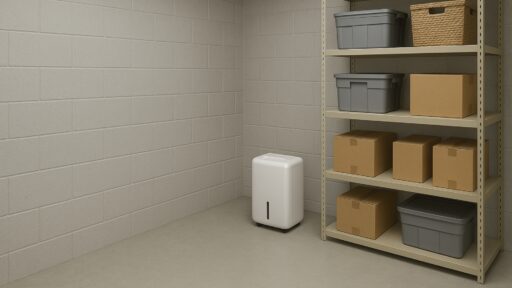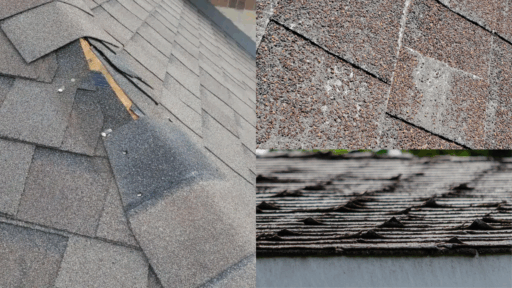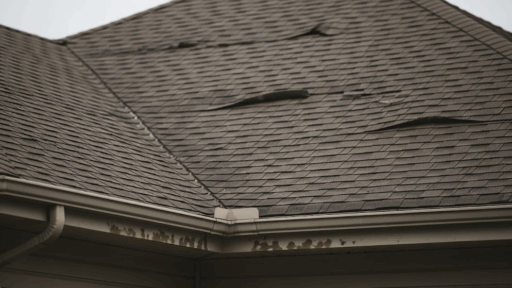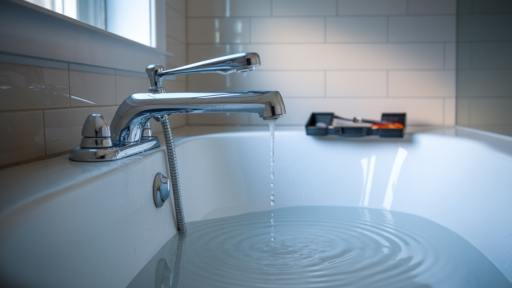Is your house showing signs of trouble?
Cracks in walls, doors that stick, and floors that aren’t level are signs your home needs help.
Push pier foundation repair can fix houses that are sinking or tilting.
This method can restore your home’s stability and even return it to its original position.
Unlike quick fixes that don’t last, push piers fix the real problem by moving your home’s weight to solid ground deep below.
Continue reading to learn how push piers function and when you may require them.
You’ll see why they could be the best way to fix your home’s foundation problems.
What is A Push Pier Foundation Repair?
Push pier foundation repair is a method used to stabilize and repair sinking or settling foundations.
These steel piers are driven deep into the ground until they reach stable soil or bedrock.
Think of them as underground pillars that support your home’s foundation.
The process works by hydraulically pushing metal tubes into the soil beneath your foundation.
Once they hit solid ground, the weight of your house is transferred to these piers.
This prevents further sinking and can even return your home to its original position.
Push piers are popular because they’re reliable, minimally invasive, and work in most soil types.
They provide permanent support to prevent future foundation problems that could compromise your home’s structural integrity.
Common Causes of Foundation Problems
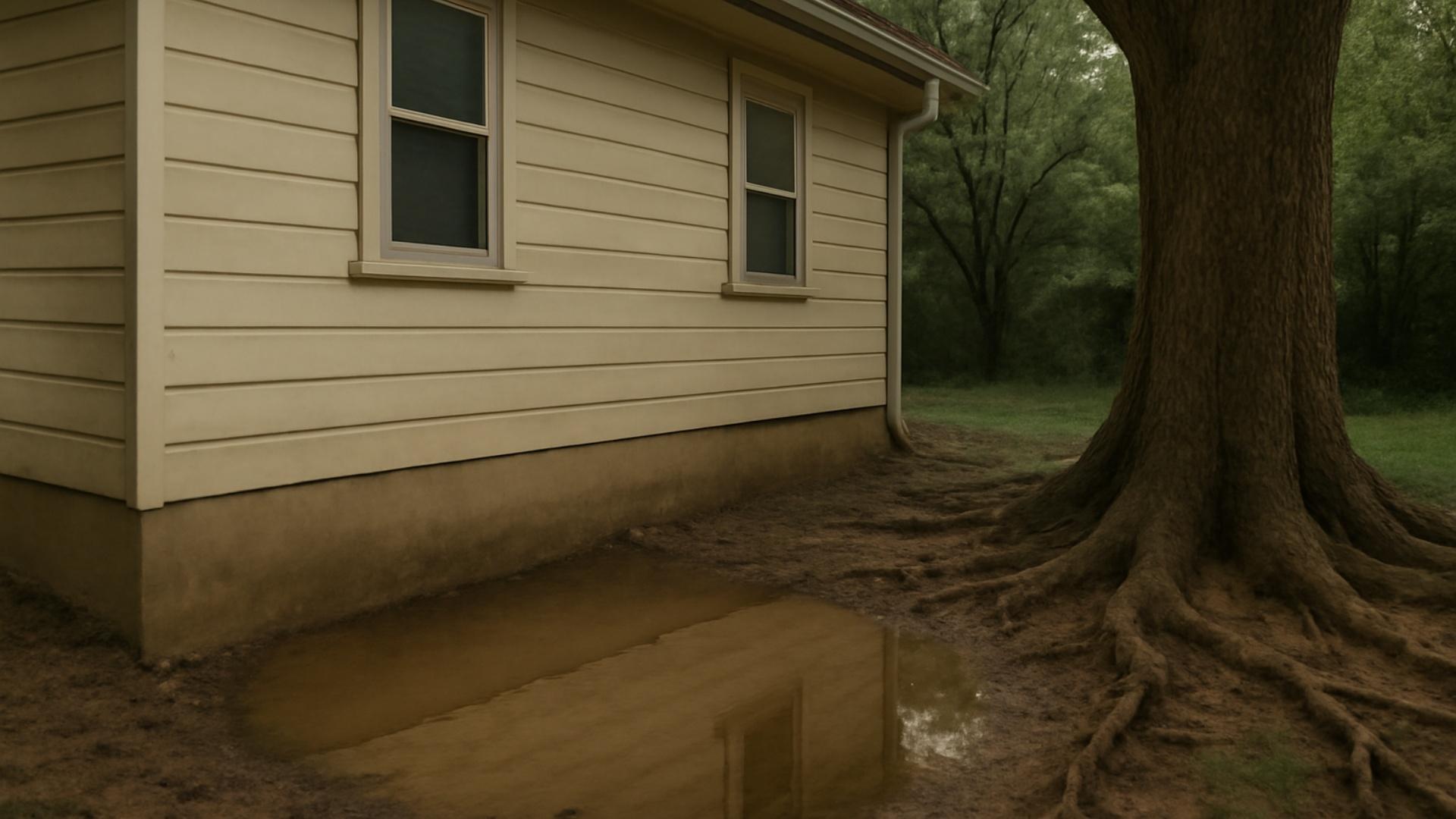
Foundation problems can seriously damage your home’s structure and value.
Understanding what causes these issues helps you spot warning signs early and take action before major damage occurs.
Here are the most common reasons behind foundation problems that may require repairs, such as push piers.
1. Soil Movement
Soil beneath your home isn’t always stable.
Clay soils expand when wet and shrink when dry, creating pressure or leaving gaps under your foundation.
Sandy soils can wash away or compact over time.
These movements create uneven support, causing your foundation to crack or sink in certain areas.
Seasonal changes often exacerbate this problem, as repeated expansion and contraction gradually damage your foundation.
2. Water Damage
Too much water around your foundation spells trouble.
Poor drainage, leaky pipes, or heavy rains can cause soil to wash away, undermining the support for your foundation.
This erosion creates voids that can cause your foundation to sink.
Excessive moisture can also weaken concrete and cause it to crumble over time.
Proper gutters and grading help prevent water from pooling near your foundation and causing these damaging effects.
3. Poor Construction
Sometimes the problem starts on day one.
Foundations built on improperly compacted fill dirt, with low-quality concrete, or without proper reinforcement are prone to failure.
Shortcuts during construction, like inadequate steel reinforcement or concrete that wasn’t properly cured, create weak points.
Even foundations that weren’t designed for local soil conditions can develop problems years after they were built.
4. External Factors
Large trees near your home can cause problems as their roots seek water, drawing moisture from the soil under your foundation.
This dries out the soil, causing it to shrink.
Earthquakes, even minor ones, can cause soil layers to shift and damage foundations.
Heavy vibrations from nearby construction, traffic, or industrial activity can gradually compact the soil, affecting the stability of your foundation over time.
Signs You Need Push Pier Foundation Repair
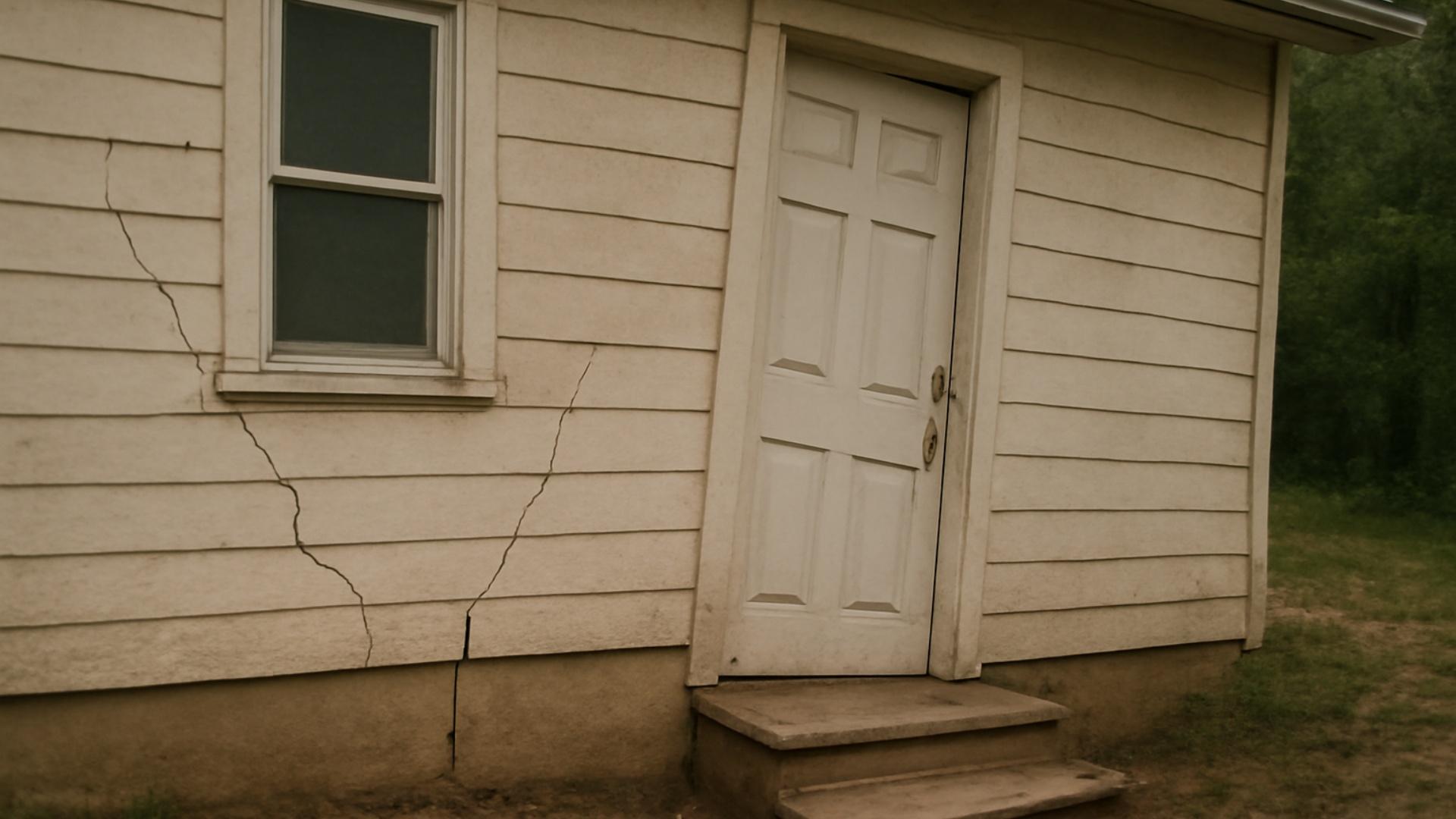
Your home speaks to you when its foundation is in trouble.
These warning signs often appear gradually, but catching them early can save you from expensive repairs down the road.
- Large cracks in your walls, especially ones wider than 1/4 inch or that grow over time.
- Floors that aren’t level or feel bouncy when you walk across certain areas.
- Doors that jam or windows that won’t open smoothly like they used to.
- Visible gaps where walls meet ceilings or around door frames and windows.
- A chimney or porch that’s pulling away from the main house structure.
If you notice several of these signs, it’s time to call a foundation specialist.
A professional can determine if push piers are the right solution for your specific foundation issues.
How Does the Push Pier Foundation Work?

Push pier foundation repair is a step-by-step process that professionals use to stabilize and repair sinking foundations.
The method is precise and effective when done correctly.
Here’s what happens during each stage of the repair process:
1. Initial Assessment and Site Preparation
First, experts assess your foundation problems by measuring the extent of its sinking.
They look for the worst spots and mark where piers will go.
Workers then dig small holes around your foundation to expose the footing.
They clear away dirt and debris to create a clean work area.
This careful planning ensures the repair will work properly.
2. Installation of Push Piers Into the Ground
Workers attach steel brackets to your foundation’s footing.
Using powerful hydraulic equipment, they push steel piers through these brackets and deep into the ground.
The piers go down until they hit solid rock or stable soil that can support your home.
Each pier is tested to ensure it can withstand the required weight.
3. Lifting the Foundation Back Into Place
Once all piers are installed, workers connect hydraulic jacks to each pier.
They slowly and carefully raise your foundation, trying to make it level again.
The team watches for any problems during lifting.
Sometimes they can raise your home back to its original position, fixing many of the cracks and stuck doors.
4. Securing the Structure
After lifting your foundation to the right height, workers lock the piers in place.
They weld or bolt special brackets to secure everything.
The hydraulic jacks have been removed, and your home now rests on stable piers.
Workers then fill in the holes they have dug, clean up the area, and restore it to its original neat appearance.
Cost of Push Pier Foundation Repair
Foundation repairs are a significant investment, but knowing what to expect can help you budget appropriately.
Here’s a breakdown of typical push pier foundation repair costs:
| COST FACTOR | DETAILS |
|---|---|
| Average Total Cost | $10,000 – $25,000 |
| Cost Per Pier | $1,000 – $3,000 |
| Main Price Factors | • Home size and foundation type • Severity of foundation damage • Geographic location and labor rates |
| Getting Estimates | Have at least 3 foundation companies provide detailed written quotes |
| Insurance Coverage | Typically not covered unless damage is from a covered event (e.g., burst pipe) |
| Payment Options | Many companies offer financing plans to manage repair costs |
Remember that while foundation repair is expensive, ignoring the problem can be far more costly.
The sooner you address foundation issues, the less damage your home will suffer and the lower your overall repair costs will be.
Benefits of Push Pier Foundation Repair
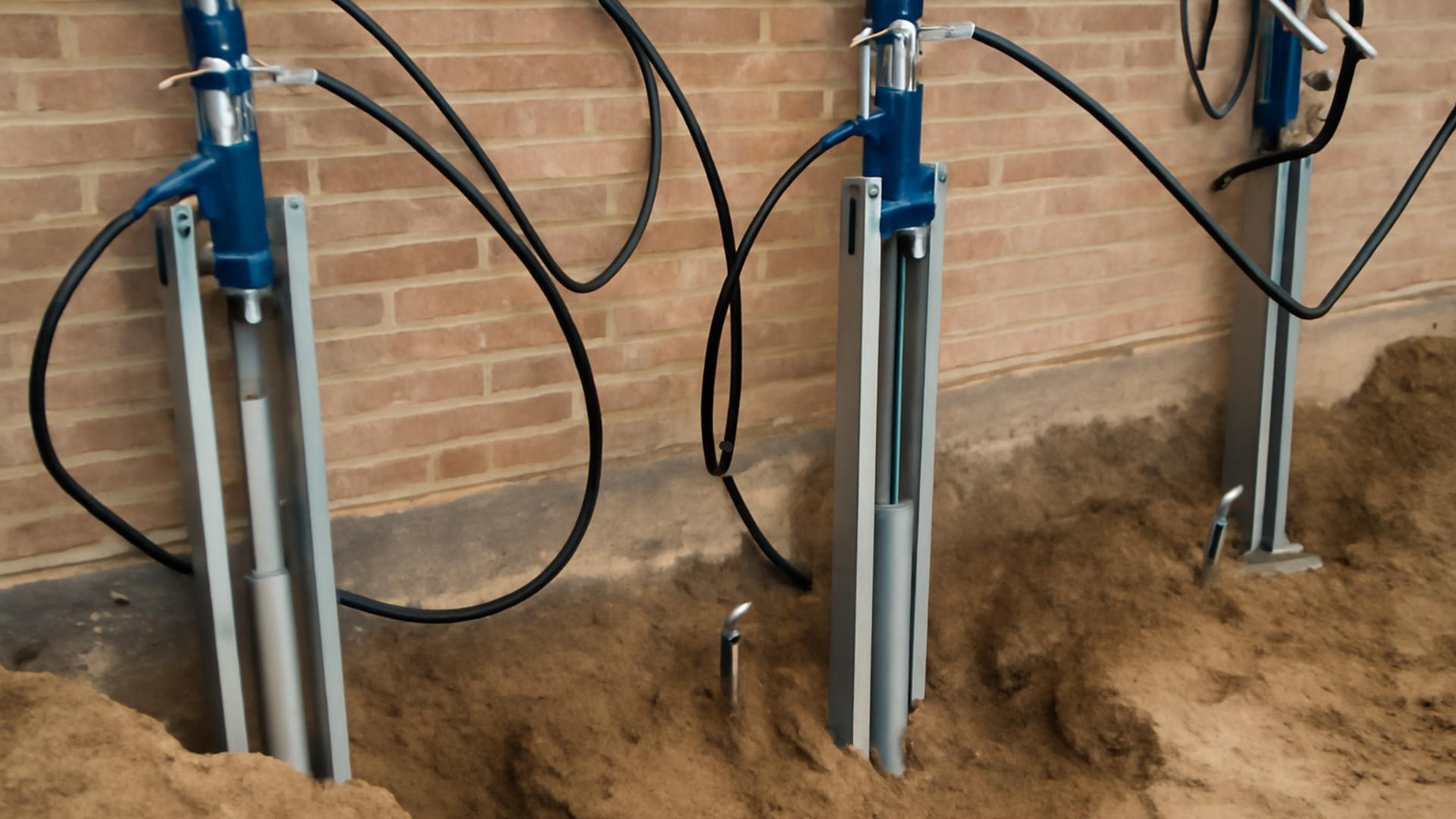
Push pier foundation repair stands out as an effective solution for homes with foundation problems.
Consider these key advantages:
- Reaches bedrock for permanent support that won’t fail over time.
- Requires minimal excavation, preserving your landscaping and property.
- Lifts your home back to level, fixing related structural issues.
- Completes in just 1-3 days with minimal disruption to your life.
- Costs less than foundation replacement while preventing future damage.
These benefits make push piers an excellent investment for lasting foundation stability and home protection.
The Bottom Line
Push pier foundation repair is one of the most effective ways to address a home with foundation issues.
These steel supports hold your house up from solid ground deep below, stopping more damage from happening.
Remember, foundation problems never improve on their own; they only worsen and become more expensive to repair later.
Getting push pier foundation repair now can save you a significant amount of money in the long run and help maintain your home’s value.
If you’ve noticed any of the warning signs we discussed, don’t wait.
Contact a foundation expert to inspect your home and see if push piers are the right solution for you.
Learned everything about push pier foundation repair?
Explore more blogs in our home maintenance section to keep your home safe and secure!


